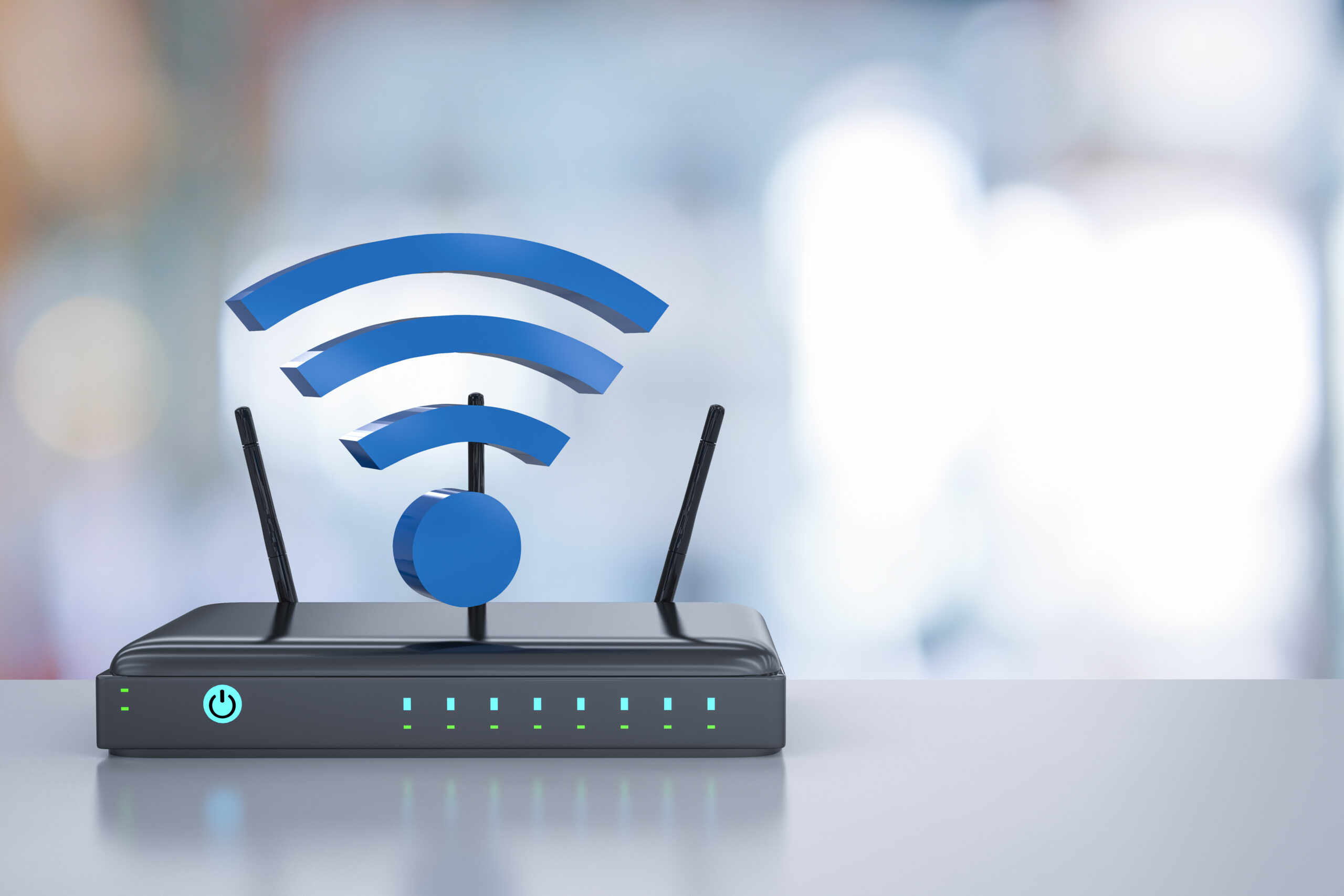
However, there are times when our internet connectivity falters, leaving us frustrated and searching for answers. Often, the culprit lies within our router—a vital component that dictates the quality and reliability of our internet experience. In this article, we’ll delve into the intricacies of router diagnosis, unraveling the factors that contribute to weak internet connectivity and offering solutions to mitigate them.
Understanding Router Diagnosis
Diagnosing router issues requires a systematic approach, as various factors can impact internet performance. From signal interference to hardware malfunctions, pinpointing the root cause of weak internet connectivity involves troubleshooting both external and internal elements of the router setup.
Common Causes of Weak Internet Connectivity
- Signal Interference:Wireless routers operate on specific frequencies, which can be susceptible to interference from neighboring networks, electronic devices, and physical obstacles like walls and furniture.
- Outdated Firmware:Firmware updates are essential for maintaining the security and performance of your router. Outdated firmware can result in compatibility issues and vulnerabilities that compromise internet connectivity.
- Overloaded Network:Too many connected devices competing for bandwidth can strain the router’s resources, leading to slower internet speeds and intermittent connectivity issues. Do an internet speed test here https://speed.limited to see if you have speed limits or network congestion.
- Hardware Defects:Like any electronic device, routers are prone to hardware failures over time. Faulty antennas, overheating components, and damaged ports can all contribute to weak internet connectivity.
Diagnosing Router Issues
To diagnose router-related internet problems effectively, follow these steps:
- Check Signal Strength:Use a Wi-Fi analyzer tool or smartphone app to assess signal strength and identify potential sources of interference. Position the router in a central location and minimize obstructions to improve signal quality.
- Update Firmware:Access your router’s admin interface via a web browser and check for firmware updates in the settings menu. Download and install the latest firmware version to ensure optimal performance and security.
- Monitor Network Traffic:Use network monitoring tools to track bandwidth usage and identify devices consuming excessive data. Consider implementing Quality of Service (QoS) settings to prioritize critical applications and devices.
- Perform Hardware Checks:Inspect the router for any visible signs of damage or malfunction, such as blinking lights, overheating, or loose connections. Test different Ethernet cables and ports to rule out hardware defects.
Solutions to Improve Internet Connectivity
Once you’ve identified the root cause of weak internet connectivity, consider implementing the following solutions:
- Optimize Router Placement:Position the router in a central location away from potential sources of interference, such as cordless phones, microwave ovens, and Bluetooth devices.
- Upgrade Router Hardware:If your router is outdated or experiencing hardware issues, consider upgrading to a newer model with advanced features like beamforming, MU-MIMO, and dual-band support.
- Implement QoS Settings:Prioritize critical applications and devices by configuring QoS settings in your router’s admin interface. This ensures that bandwidth is allocated efficiently, reducing latency and improving overall network performance.
- Invest in Mesh Wi-Fi Systems:For larger homes or environments with Wi-Fi dead zones, consider investing in a mesh Wi-Fi system. These systems use multiple access points to create a seamless network with extended coverage and improved reliability.
Diagnosing router-related issues is essential for maintaining a stable and reliable internet connection. By understanding the common causes of weak internet connectivity and following a systematic troubleshooting approach, users can identify and address router issues effectively. Whether it’s optimizing router placement, updating firmware, or upgrading hardware, proactive measures can significantly enhance internet performance and ensure a seamless online experience.
